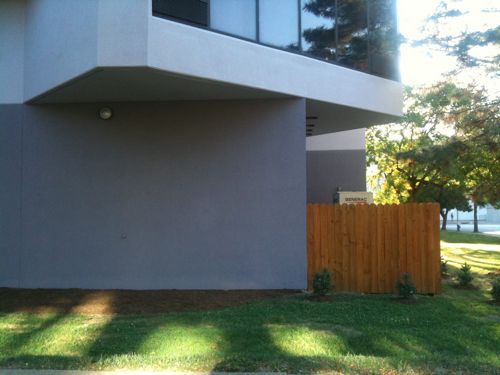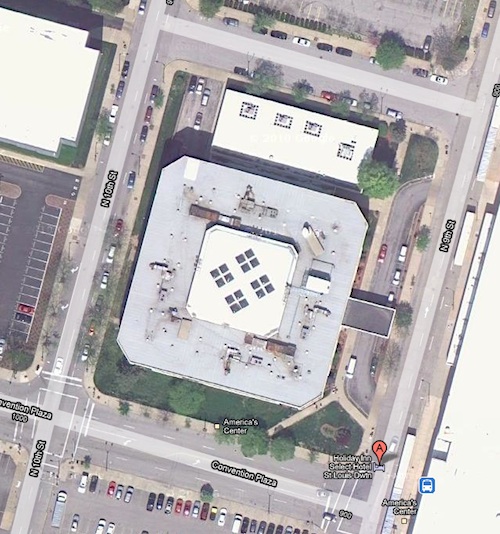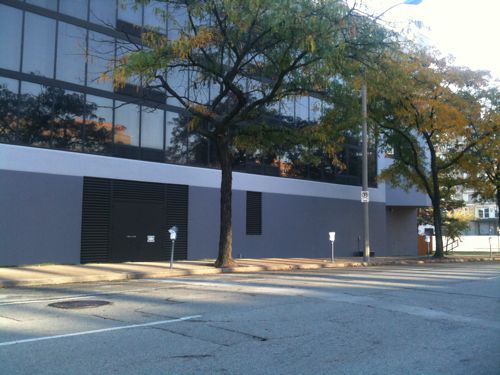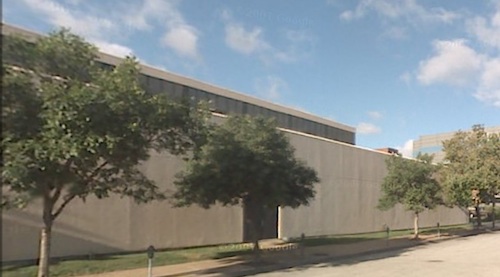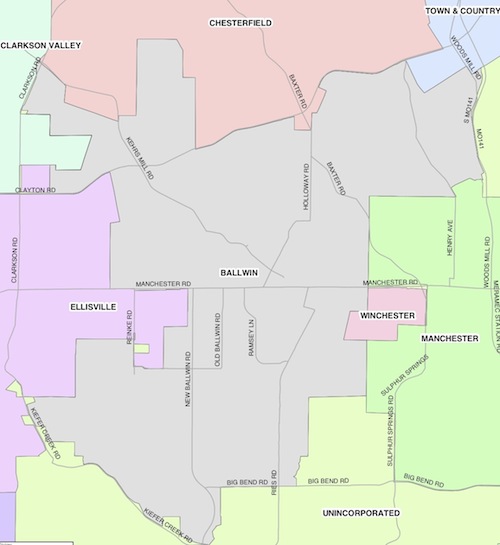Readers Support Kid’s Being Able To Sell Cookies & Lemonade From Home
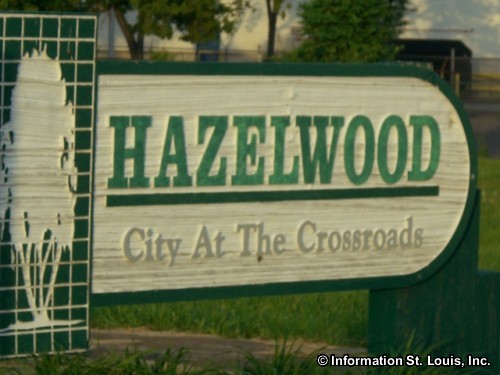 Readers clearly support the ability of kids to sell cookies. lemonade, etc. in front of their homes in the poll last week:
Readers clearly support the ability of kids to sell cookies. lemonade, etc. in front of their homes in the poll last week:
Q:Â Should zoning laws allow kids to sell cookies, lemonade, etc in front of their homes?
- Yes, no restrictions 61 [50%]
- Yes, but with some restrictions 39 [31.97%]
- Maybe, depends upon the neighborhood. 7 [5.74%]
- No, commercial activity shouldn’t be allowed in residential zones 7 [5.74%]
- Other: 6 [4.92%]
- unsure/no opinion 2 [1.64%]
You can read the intro post here for information on what prompted this question.  Here are the six “other” answers:
- Arrest them!!!!
- lemonade stand is different than GS cookies
- No, selling drugs is okay but not cookies or lemonaide.
- Classic case of laws over reaching their intent. Laws shouldnt apply.
- the fact that this happened just blows my mind
- Zoning laws should be silent… (see comments)
The following is the comment left by #6 above:
I think zoning laws should be silent on children’s sales of cookies, lemonade, etc (things that have gone on for YEARS with no real harm, and potential benefit to cities – people out and about meeting neighbors – a good thing). Police and code enforcement should work with extenuating issues on a case-by-case basis. This neighbor in Hazelwood should have dealt with the issue w/ the parent and worked out a mutually agreeable arrangement (specific dates/times/etc.).
I’m not a fan of Euclidean use-based zoning, it needs to be replaced nationwide by form-based codes.
– Steve Patterson

